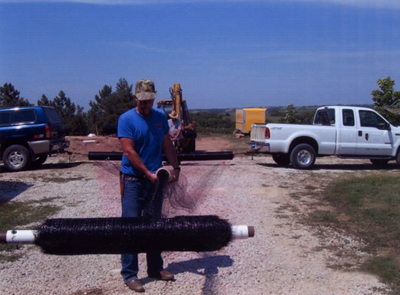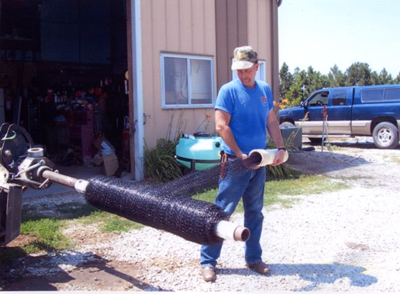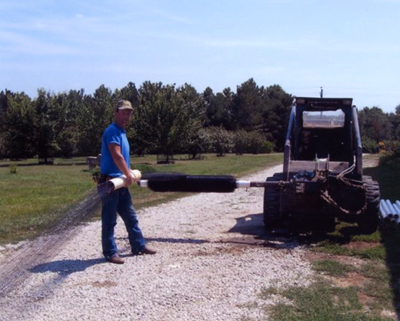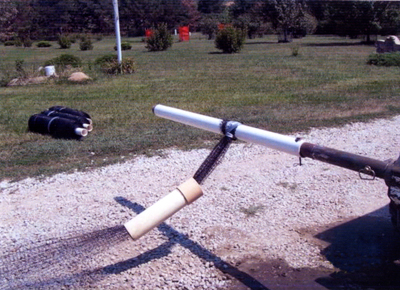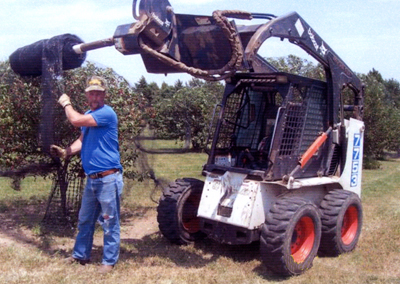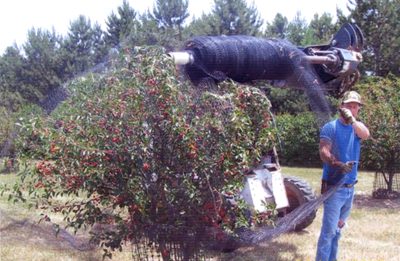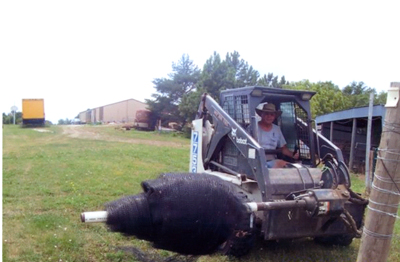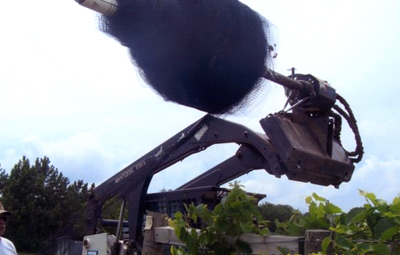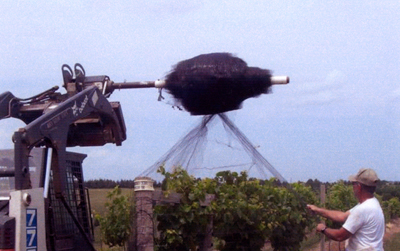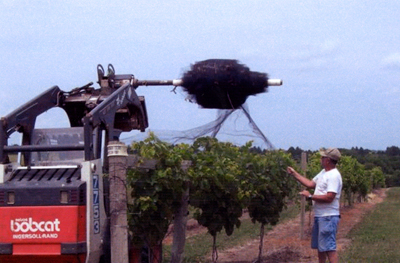How Do I Install Bird Netting In My Vineyard?
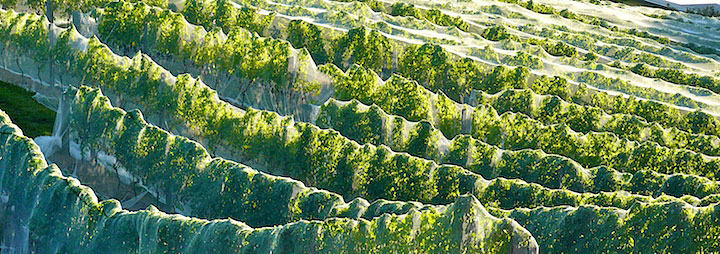
We carry bird netting products, call us 888-530-7082 to order or visit our bird netting product section.
Bird Netting Installation Pictures
Photos courtesy of Dale Lilyhorn, Raymond, NE
Beginner’s Guide to Bird Netting
Purchasing bird netting for the first time can trap the unwary…
The bird season is nearly here, and for vineyard owners thinking of purchasing bird net for the first time, here’s a few simple guidelines to follow.
Consider bird netting as a type of ‘insurance policy’, with the amount of netting required dependent on the level of perceived risk in your vineyard. The key consideration is how many rows do you want to cover – and how are you going to do that?
For example, should you cover two, three, four or more individual grapevine rows – or use a complete lock-out system? In areas where it is normally wet after veraison, it may be better to cover single rows so that you can spray when needed.
Talk to your local agronomist to see what types of bird nets are available. With so many bird nets in the market place to choose from, it is easy to get confused. Remember that while all types of bird netting will keep most birds out, the key difference between them is strength, UV protection and stability.
Net strength varies due to several factors, the most important being denier. Denier is the term used to describe the thickness of the monofilament (yarn) used to knit and knot the product. Nets range in thickness from 410-540 denier, depending on the brand of net.
Denier can also contribute to the weight of a net. Most bird nets weigh between 24-50 grams per square meter. Another contributing factor is the number of stitches per square meter. A lighter denier with more stitching will make a heavier bird net.
The next consideration is the construction of the bird netting. Square netting has one stitch holding it at each corner. Hexagonal netting has three stitches holding it on each of four sides.
Knitted-only nets are not recommended as they unravel when cut. To check this, pull a strand of the filament. It should stop unraveling after 3-4 stitches. If it does not, you may want to think about purchasing a different type.
Also consider what type of birds you are trying to keep away from the crop. Some species are quite small and may require a hole size of 15mm to keep them out of your vines.
Another important consideration is the shade factor of different nets. While netting produces a shading factor of about 8%, green netting 12% and black netting 14%, to facilitate faster ripening, you should always use white netting.
Always ask about the stability of a net. Has it had at least 20% stabilization? This will ensure a longer field life in your vineyard. Another important factor determining the life of a net is physical damage.
Consider post covers to avoid catching the net. Avoid foliage clips that the net can catch on. It is important to make sure your tractor driver is concentrating on the job when applying or rewinding netting. Netting always comes off second best in tugs-of-war between posts and tractors.
There are many different types of bird net applicators on the market. Prices range from $200 for a manual system to about $7,000 for a fully automated system. There is even a product called ‘Net-Tugger’ that makes it easier to pull the net in if you are using a manual system.
Finally, don’t leave it until the last minute to think about purchasing bird netting. You may find you have left your run too.
Additional pictures of installation and removal of bird netting.

